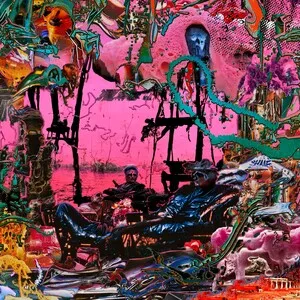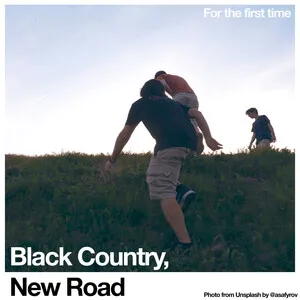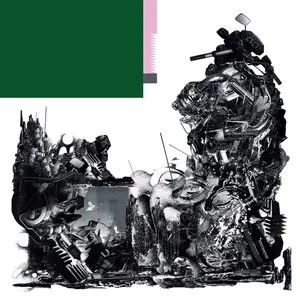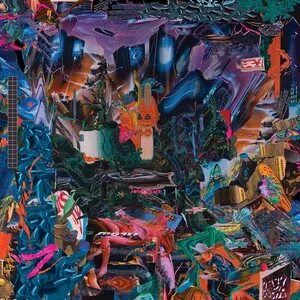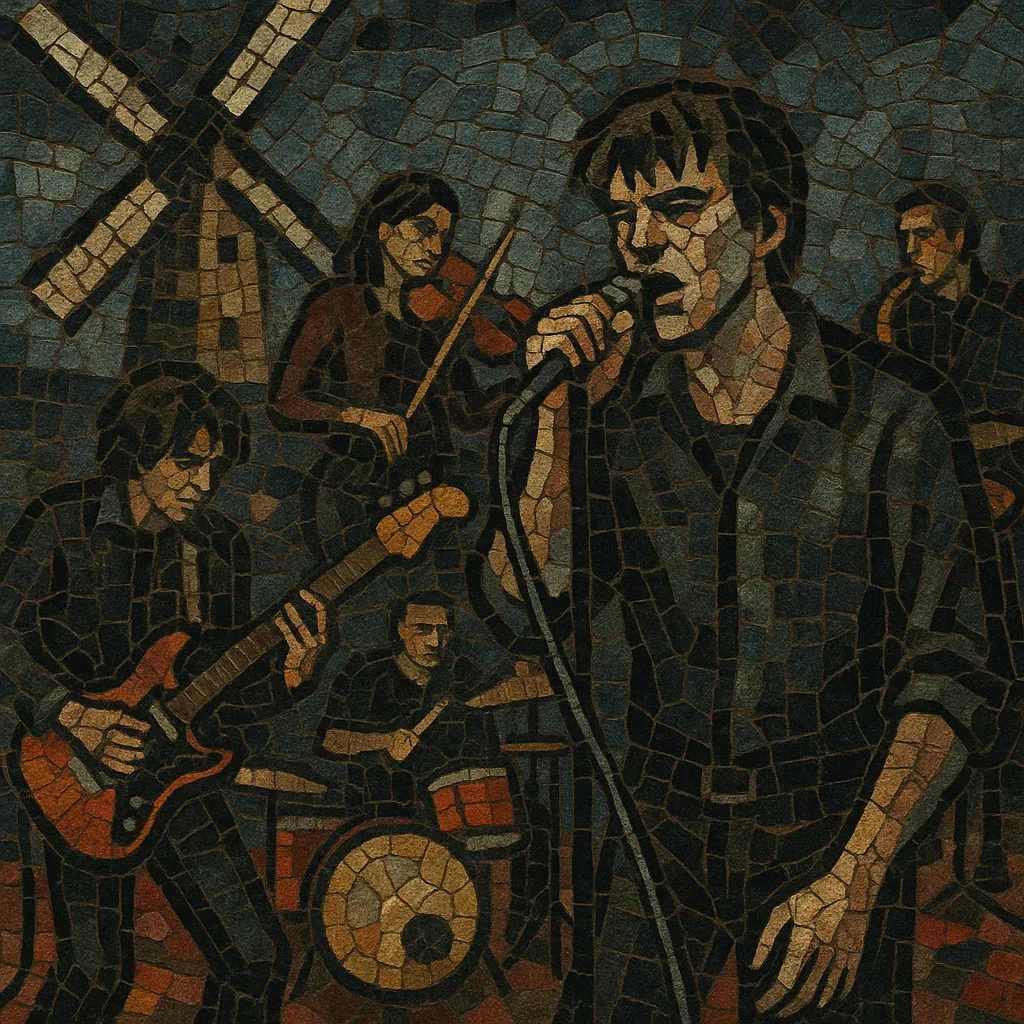
The Windmill scene refers to the cluster of experimental indie, post‑punk, and art‑rock bands that coalesced around The Windmill pub venue in Brixton, South London.
Emerging in the late 2010s, the scene is characterized by knotty rhythms, angular guitars, spoken‑sung or declamatory vocals, and frequent use of saxophone, violin, and synths. Bands associated with the scene blend post‑punk urgency with avant‑prog ambition, no wave abrasion, and jazz-informed spontaneity, often favoring raw, live‑in‑the‑room production aesthetics.
Lyrically, the scene leans toward sardonic social observation, surreal storytelling, and metropolitan anxiety, while performances emphasize high energy, improvisational turns, and dynamic contrasts.
The Windmill scene formed organically around The Windmill, a small, community‑minded venue in Brixton, London, that prioritized eclectic lineups, low barriers to entry, and a supportive atmosphere for developing bands. A pipeline of young groups—often art‑school affiliated—used regular residencies and packed weeknights to hone tight, exploratory live sets.
Musically, the scene fused post‑punk’s jagged propulsion with avant‑prog complexity, math‑rock meters, no wave abrasion, and the improvisatory edge of contemporary UK jazz. The guiding ethos valued immediacy and experimentation: songs shifted rapidly between spoken monologues and shouted refrains, motorik grooves and free‑form noise, and chamber‑like textures with violin or sax.
As acts like black midi, Black Country, New Road, Squid, Shame, Goat Girl, and Fat White Family drew national and international press, the “Windmill scene” became shorthand for a broader South London surge of adventurous guitar music. Labels, sessions (including Speedy Wunderground’s rapid‑fire single model), and BBC radio support amplified the venue’s reputation as a proving ground.
The scene re‑energized UK guitar music in the late 2010s/early 2020s, normalizing odd meters, extended forms, and horn/strings within indie contexts. It also reinforced the importance of small venues as cultural incubators, inspiring similar community‑first circuits and cross‑pollination with the concurrent London jazz renaissance.


